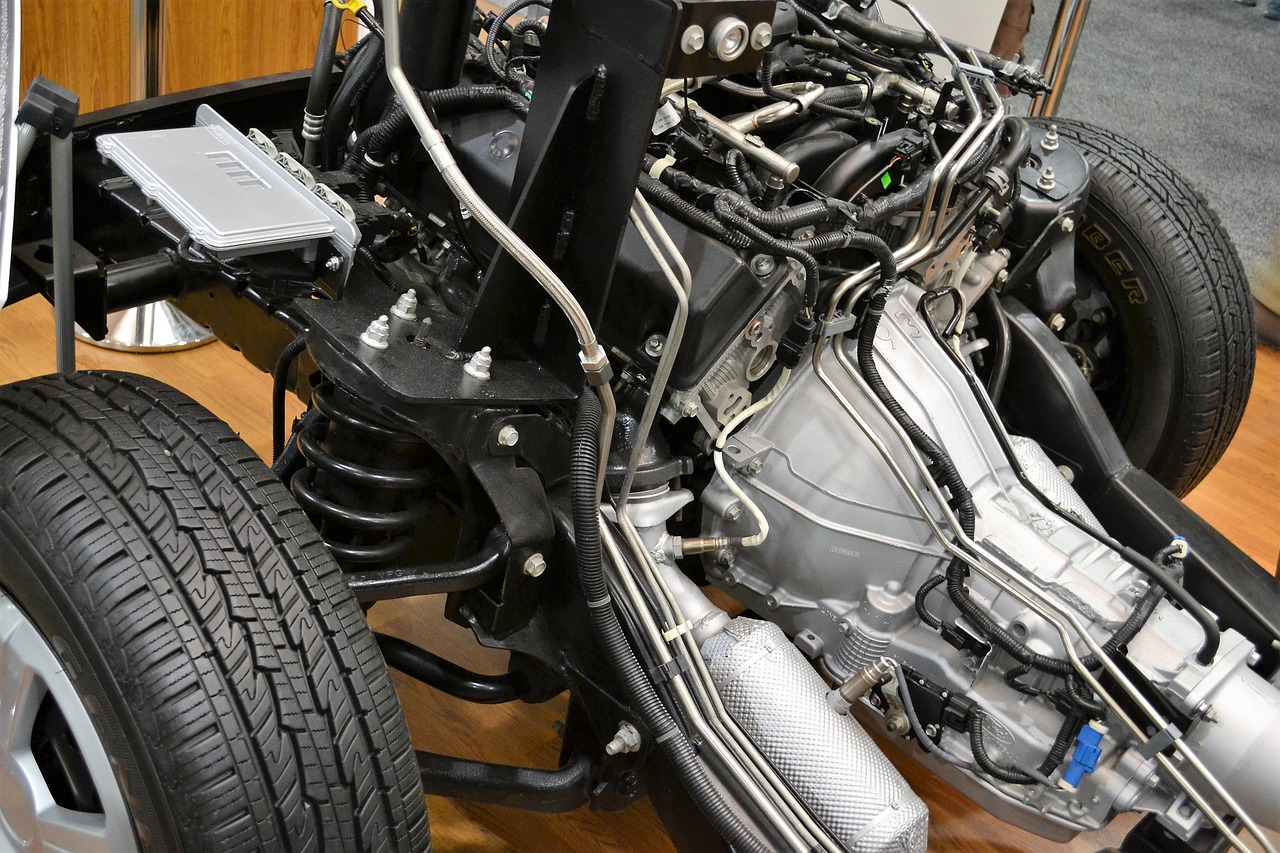The Impact of Artificial Intelligence on Vehicle Safety Systems
Artificial Intelligence in modern vehicles has revolutionized the way cars operate and interact with their surroundings. By incorporating AI technology, vehicles are now equipped with advanced safety features that can detect potential hazards on the road and assist the driver in making split-second decisions to avoid accidents. These intelligent systems utilize algorithms and sensors to analyze the vehicle’s surroundings, anticipate potential risks, and take proactive measures to ensure the safety of both the driver and passengers.
Moreover, AI in modern vehicles is not limited to just safety features. It also enhances the driving experience by providing personalized assistance, such as voice recognition, navigation guidance, and even autonomous driving capabilities. With the integration of AI, vehicles are becoming more intuitive and responsive to the driver’s needs, making the journey smoother and more enjoyable. The utilization of artificial intelligence in modern vehicles marks a significant milestone in the automotive industry, paving the way for a safer and more efficient transportation system.
Evolution of Vehicle Safety Systems
Over the years, vehicle safety systems have undergone a significant evolution, driven by advancements in technology and innovation. From the basic seat belts and airbags to more sophisticated features like lane departure warnings and automatic emergency braking, the focus has been on enhancing the safety of both drivers and passengers. The integration of sensors, cameras, and AI-powered algorithms has revolutionized the way vehicles detect and respond to potential hazards on the road.
These advancements in vehicle safety systems have played a crucial role in reducing the number of accidents and fatalities on the roads. By providing real-time assistance and alerting drivers to dangers they may not have noticed, these systems act as a second pair of eyes on the road. As technology continues to progress, the potential for even more advanced safety features, such as fully autonomous driving capabilities, promises to further enhance the overall safety of vehicles and their occupants.
• Vehicle safety systems have evolved from basic seat belts and airbags to more sophisticated features
• Advancements in technology have led to the integration of sensors, cameras, and AI-powered algorithms
• These advancements have significantly reduced the number of accidents and fatalities on the roads
• Safety systems act as a second pair of eyes on the road, providing real-time assistance to drivers
• The potential for even more advanced safety features, such as fully autonomous driving capabilities, continues to grow
Integration of AI in Vehicle Safety Features
Artificial Intelligence (AI) is becoming increasingly integrated into vehicle safety features, revolutionizing the way we ensure road safety. Through advanced algorithms and machine learning capabilities, AI is able to analyze real-time data from sensors and cameras to predict and prevent potential accidents. This proactive approach allows vehicles to make split-second decisions to avoid collisions and mitigate risks, ultimately enhancing overall safety on the roads.
One notable example of AI in vehicle safety features is the integration of autonomous emergency braking systems. These systems use AI to detect imminent collisions and automatically apply the brakes to prevent accidents. By leveraging AI technology, vehicles are able to respond to potential hazards with greater efficiency and precision, reducing the likelihood of accidents and saving lives.
What is the role of artificial intelligence in modern vehicles?
Artificial intelligence in modern vehicles plays a crucial role in enhancing safety features and improving overall driving experience.
How have vehicle safety systems evolved over time?
Vehicle safety systems have evolved from basic features like seat belts and airbags to more advanced systems, such as lane departure warnings and automatic emergency braking.
How is artificial intelligence integrated into vehicle safety features?
Artificial intelligence is integrated into vehicle safety features through sensors, cameras, and algorithms that analyze data in real-time to assist drivers in avoiding accidents and improving road safety.
What are some examples of AI-powered safety features in vehicles?
Examples of AI-powered safety features in vehicles include adaptive cruise control, pedestrian detection systems, and collision avoidance technology.
How does the integration of AI in vehicle safety features benefit drivers?
The integration of AI in vehicle safety features benefits drivers by providing advanced warning systems, reducing the risk of accidents, and ultimately saving lives on the road.







